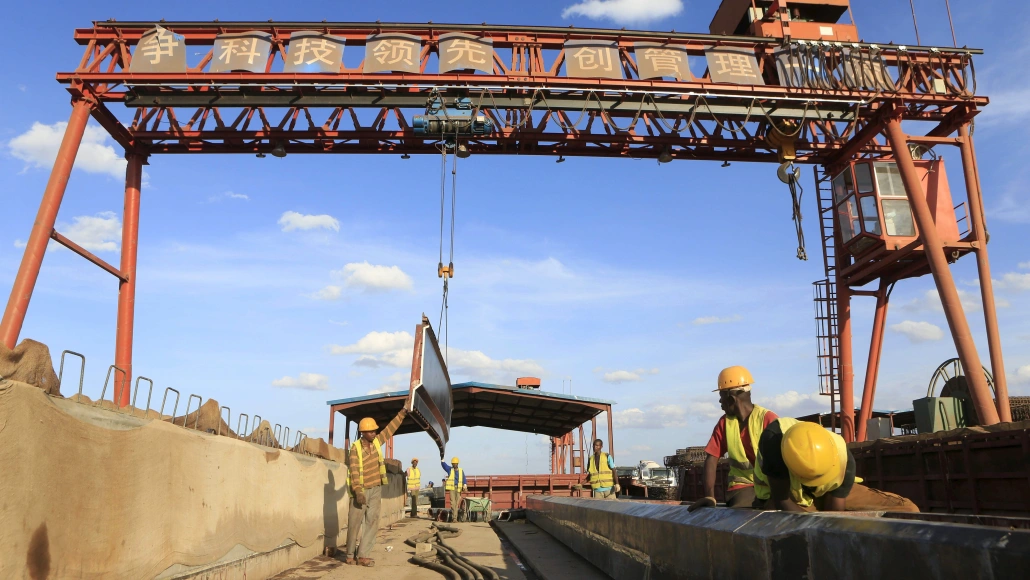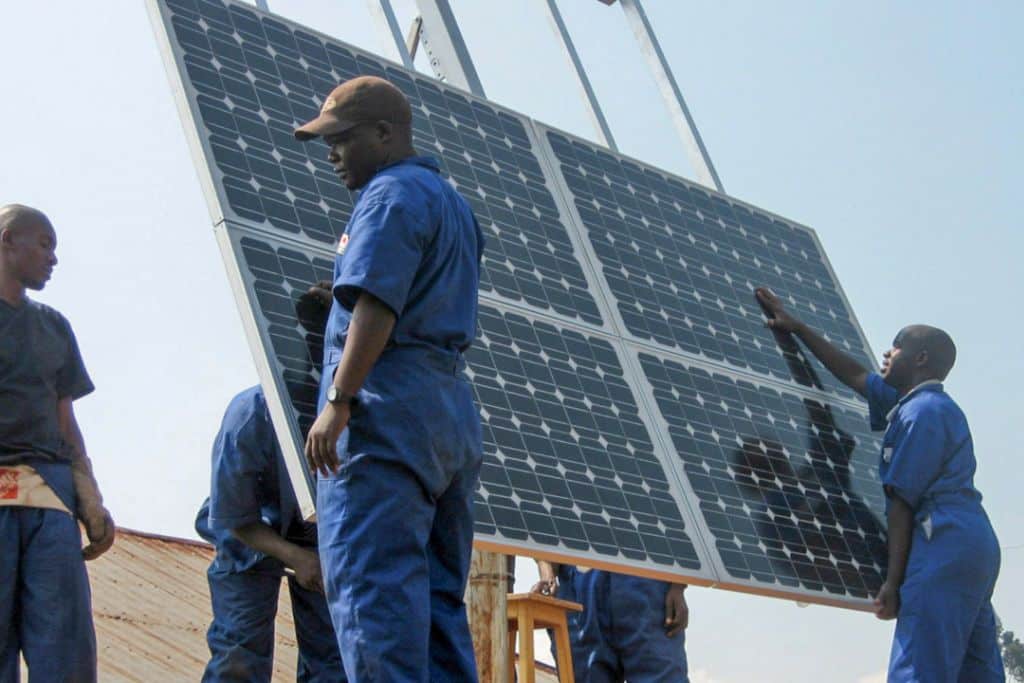China’s Belt and Road investment in sub-Saharan Africa fell to a new low in 2023, which demonstrates that increased EU and US spending could reduce the region’s need to rely on Beijing for funding.
China’s investment in the region related to Beijing’s Belt and Road (BRI) initiative, the main pillar of its global infrastructure development strategy, dropped 55% to $7.5 billion last year, according to a recent report from the Green Finance and Development Center at Shanghai-based Fudan University.
This comes as the European Union and the United States have increasingly sought the kind of influence Beijing has spent decades building. “While China has maintained a substantial presence on the continent for over two decades, the growing interest of Western powers in Africa could impact China’s BRI strategy,” said Alicia Garcia-Herrero, chief economist for Asia-Pacific at Natixis, a French investment bank.
While China continues to be one of the major financiers of infrastructure projects in sub-Saharan Africa, with a total investment of $155 billion over the past two decades, the EU and US are quickly catching up, including by recently announcing intentions to enhance investments on the continent.
In 2022, Brussels announced its new Africa policy and Washington joined other G7 nations in a $600 billion Partnership for Global Infrastructure and Investment (PGII). This development, experts say, underlines mounting concerns in Western capitals about Beijing’s growing enormous influence and contacts with several African nations, gained through the BRI, which is widely seen as a vehicle for Chinese geopolitical expansion.
“The increased interest in Africa (by the US and the EU) reflects a shift in the global economic order,” Garcia-Herrero said. “With China’s economy weakening, (the US and the EU) are seeking to diversify their assets and extend their influence in emerging nations.”



